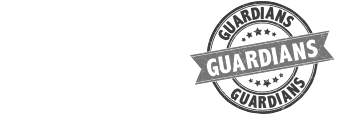Better lives,through better choices.
Guidelines and Standards of Care

Guidelines and Standards of Care for professionals working with youth with problematic sexual behavior
•Recognize the importance of your work for promoting community and family safety.
•Be aware of the potential for significant impact and life-altering consequences your practices may have on youth and their families.
•Inform clients that professionals are mandated reporters of child abuse.
•Ensure your clients are fully informed, in developmentally and cognitively appropriate language.
•Inform clients of the limits and management of confidentiality when multiple agencies are involved.
•Conduct high quality initial evaluations and timely reassessments; and relevant, evidence based and supported interventions. (Coming Soon)
•Follow relevant practice guidelines and ethical standards (e.g., Association for the Treatment of Sexual Abusers’ standards and guidelines, as well as those of their own professions).
Resources
•In 2006, the International Association for the Treatment of Sexual Offenders adopted Standards of Care designed as minimal guidelines for those developing and implementing treatment interventions for Juvenile Sexual Offenders. As the authors noted, these Standards were based on the current state of knowledge on adolescents who commit sexual offenses. These standards are consistent with those presented on this website.
•In 2006, the Association for the Treatment of Sexual Abusers’ Task Force on Children with Sexual Behavior Problems completed their report designed to guide professional practices with children ages 12 and under. This report also was based on current research findings regarding these children. ATSA’s task force on guidelines for teenagers is currently working on this project.
•In 2017, the Association for the Treatment of Sexual Abusers’ Task Force on Adolescents with Sexual Behavior Problems will release their report designed to guide professional practices with adolescents who engage in sexually abusive behavior.
